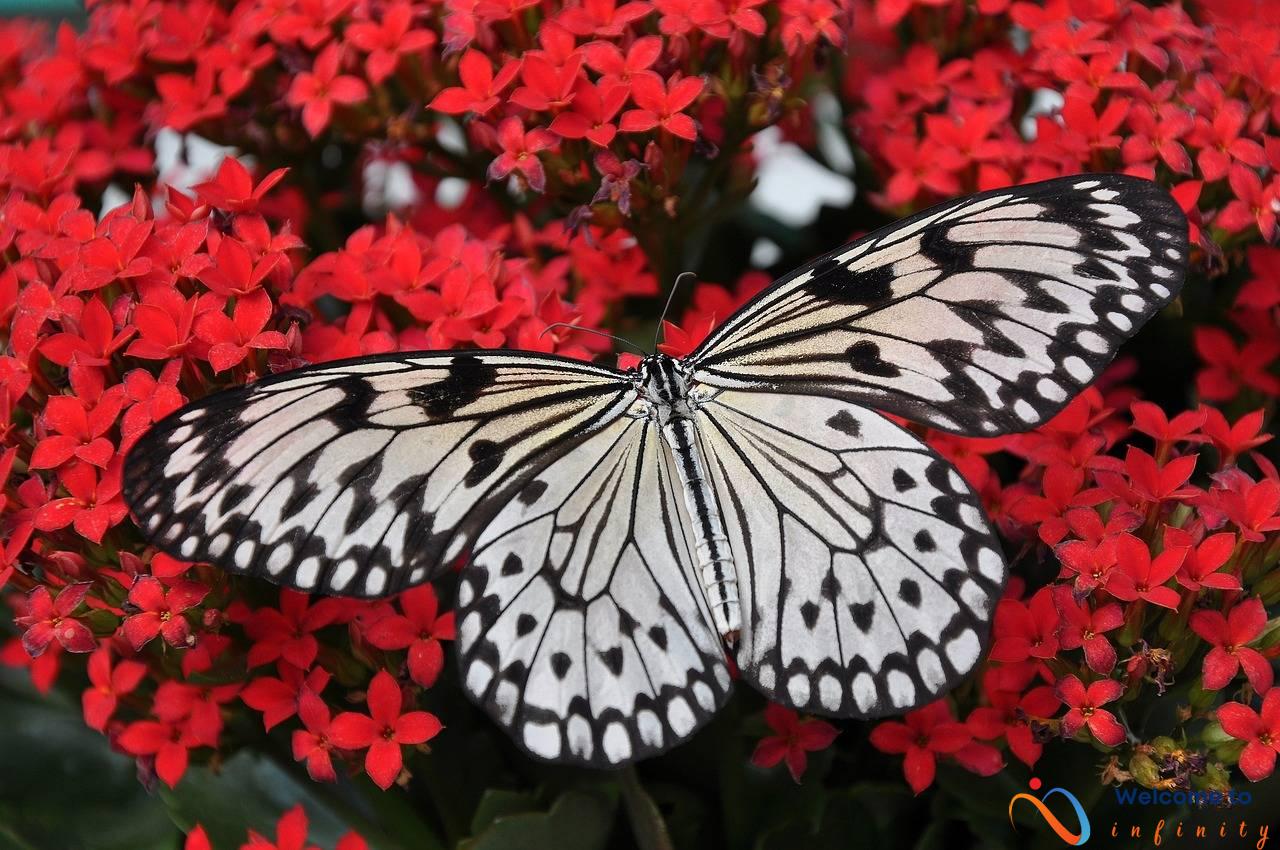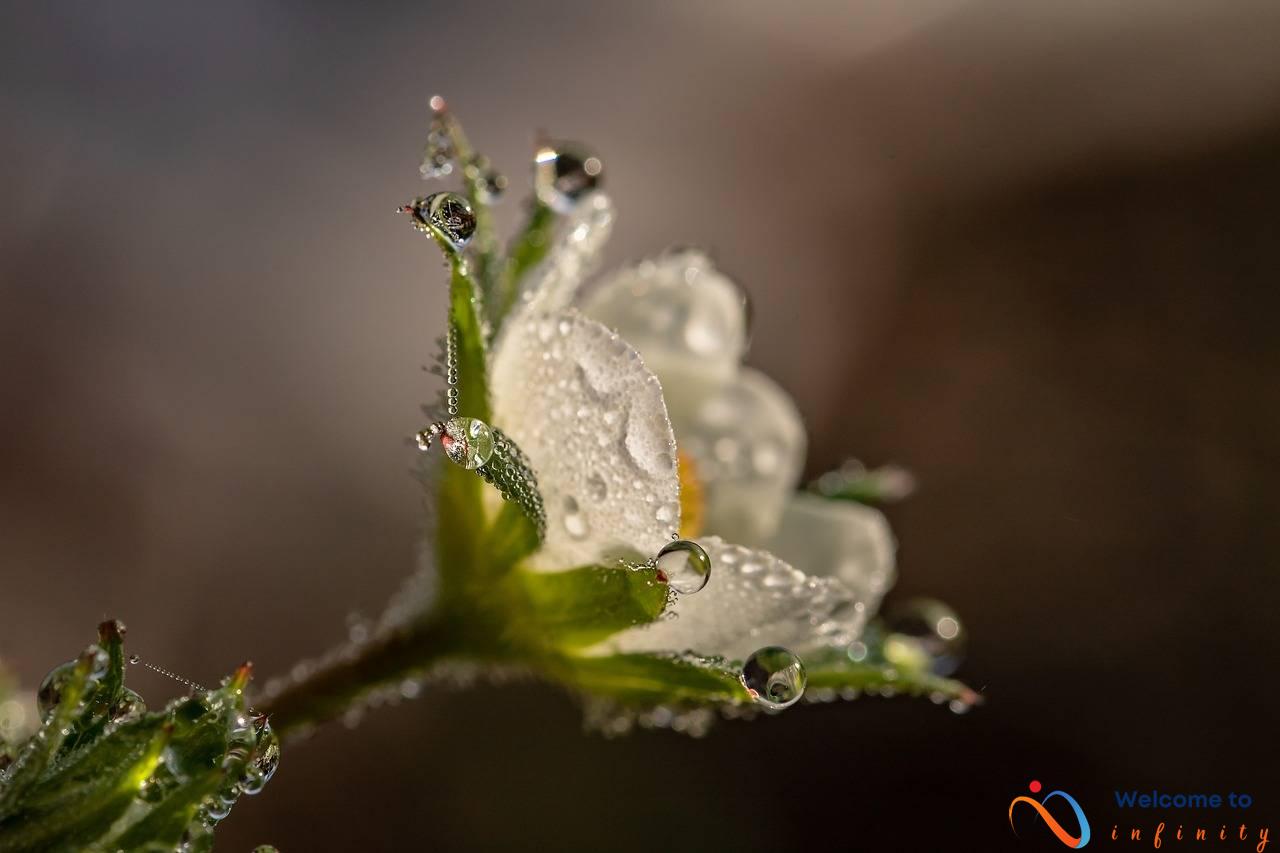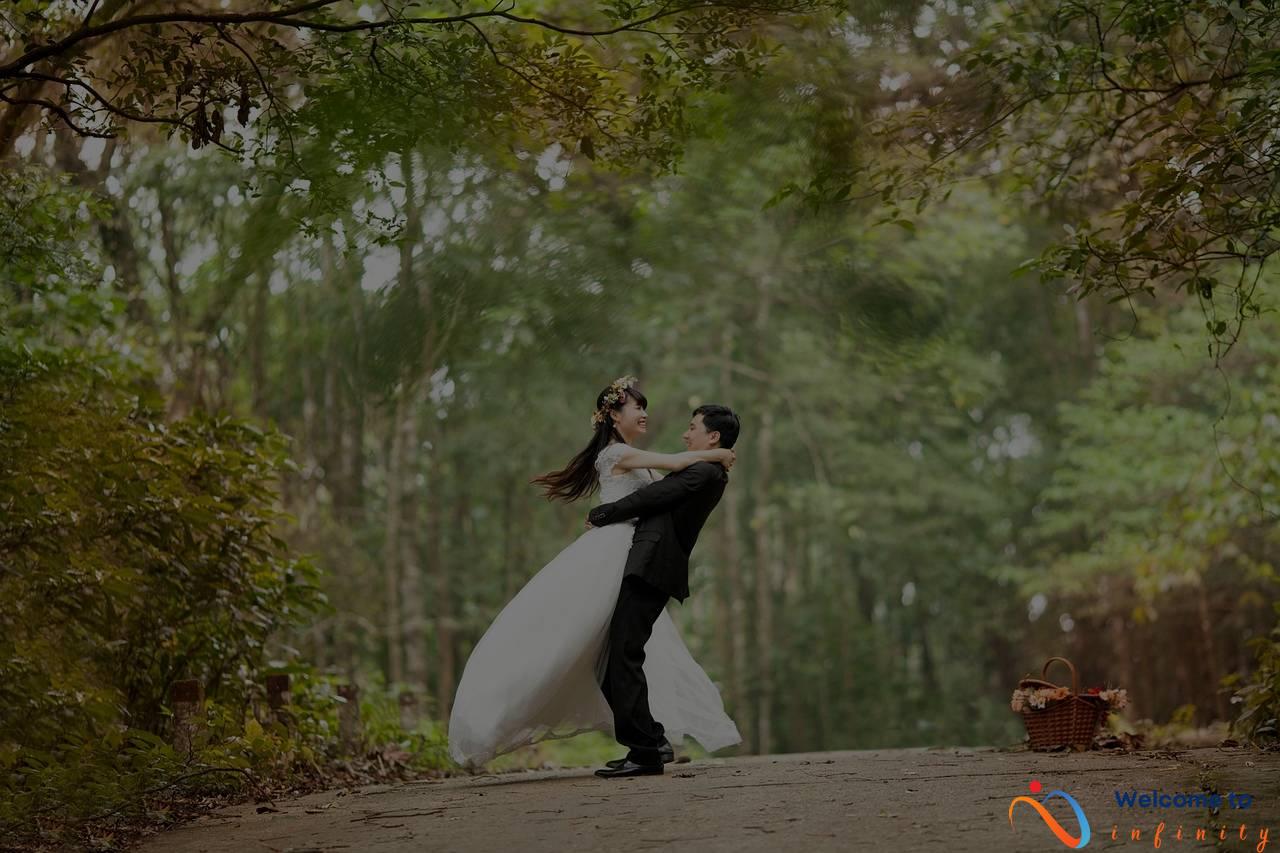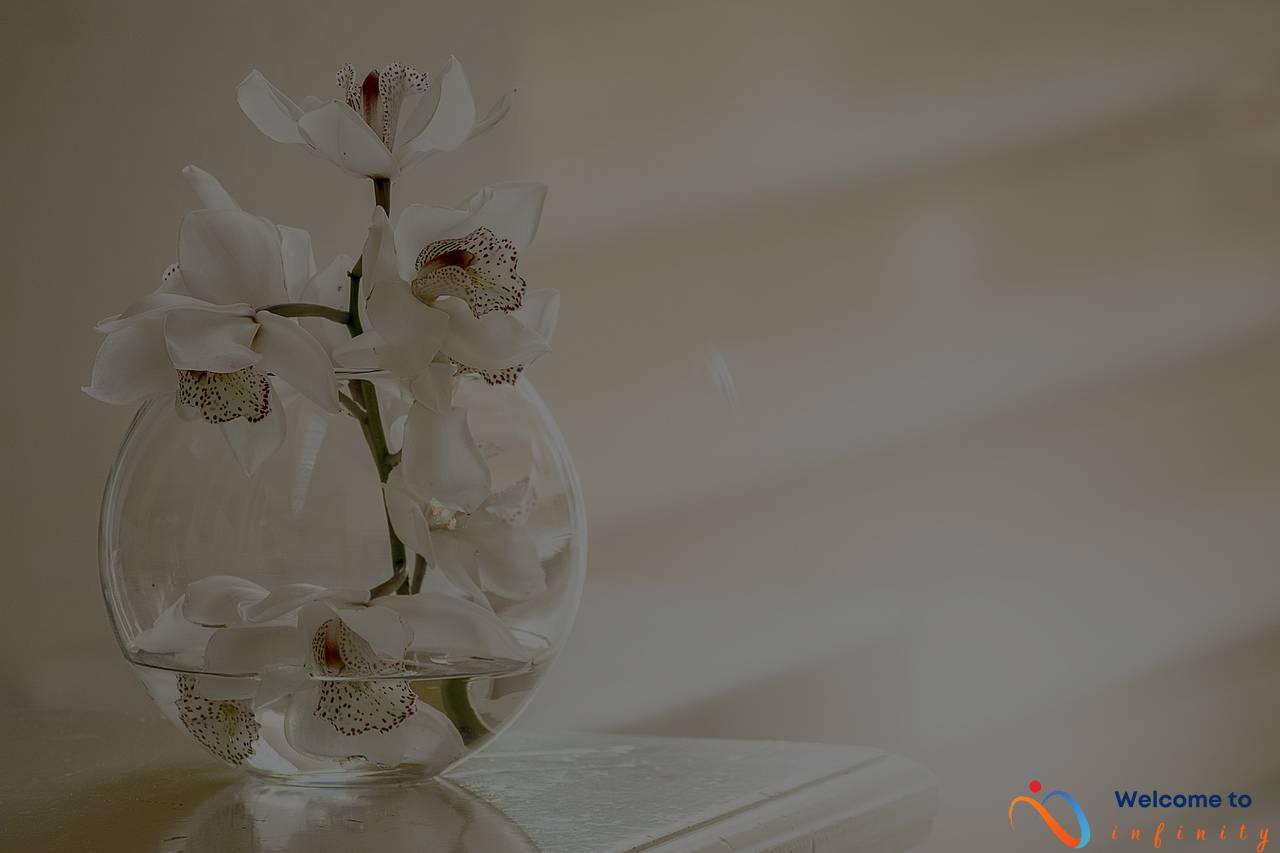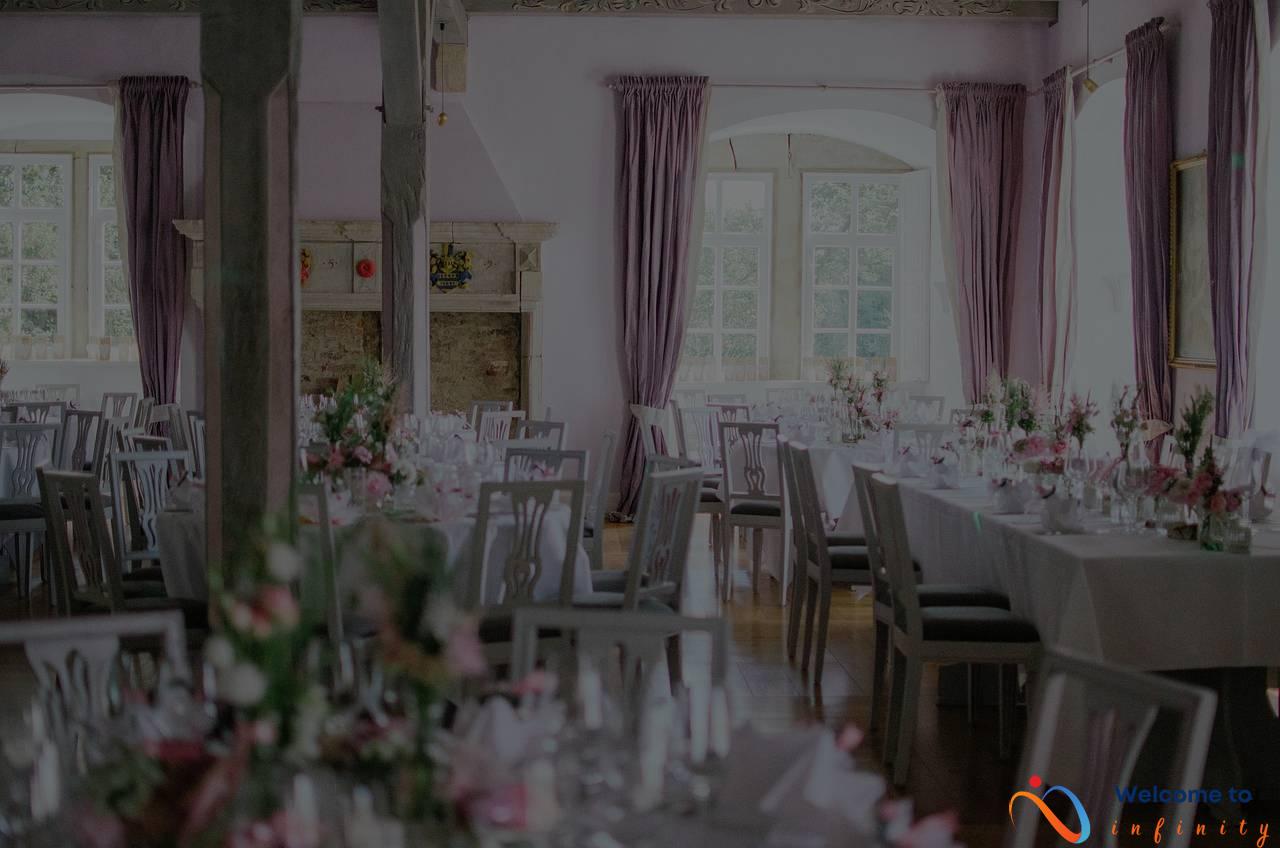Weddings are a momentous occasion, celebrated across cultures and countries. It is a celebration of love, commitment, and the union of two individuals. Multicultural weddings, in particular, are a beautiful representation of the coming together of two different cultural backgrounds. The significance of incorporating multicultural traditions into weddings cannot be understated as it reflects the bride and groom's cultural identity.
By incorporating traditional elements such as attire, music, and food, multicultural weddings aim to preserve the cultural heritage of the bride and groom's families. It provides an opportunity to showcase the customs and traditions that have been passed down from generation to generation. Additionally, it is a way to keep the cultural identity of families alive and relevant in today's world.
Multicultural weddings can also create memorable experiences for guests. It is an opportunity to introduce them to new traditions and customs they may not have encountered before. It provides a unique experience where guests can participate and gain insight into cultural, religious, and traditional practices. It is a way to foster an understanding of different cultures and promote diversity and respect.
- Indian henna ceremony
- African-American jumping the broom tradition
- Hawaiian leis exchange
- Mexican piñata
- Chinese tea ceremony
However, planning and executing a multicultural wedding can come with its share of challenges. It can be challenging to navigate family expectations and find a balance between different cultural norms. For instance, Muslim brides may expect a more subtle and modest wedding dress while the groom's family may prefer a more elaborate and grandiose wedding dress. It requires patience, flexibility, and compromise to make the big day perfect for everyone.
In conclusion, incorporating multicultural traditions into a wedding is a powerful symbol of love, respect, and a celebration of diversity. It shows the willingness to embrace and appreciate different cultures. Multicultural weddings provide an opportunity to celebrate the beauty and uniqueness of different cultures, while also highlighting the shared human experience of love and commitment.
Preserving Cultural Heritage
Weddings are important cultural events that symbolize love and commitment between two individuals. Multicultural weddings, in particular, offer a unique opportunity to preserve the cultural heritage of both families. By incorporating traditional elements such as attire, music, and food, multicultural weddings aim to honor the customs and traditions of the bride and groom's families.
The attire worn during a multicultural wedding can be a strong indication of the bride and groom's cultural background. For example, an Indian bride may wear a traditional red sari, while a Chinese bride may wear a cheongsam. Similarly, the groom may wear a traditional ghagra-choli, sherwani, or a kilt, depending on his cultural heritage. In addition, brides and grooms may incorporate traditional motifs and symbols in their attire to reflect their cultural identity.
The music played during a multicultural wedding can also be an important element of the ceremony. From traditional drumming to classical music, different cultures have unique musical traditions that can add depth and meaning to the wedding. Food is another important aspect of multicultural weddings, as it can introduce guests to new flavors and culinary traditions. Guests can enjoy a diverse range of dishes that reflect the couple's cultural backgrounds.
Overall, preserving cultural heritage is an important aspect of multicultural weddings. By incorporating traditional elements, multicultural couples can honor their heritage and share it with their guests. It can be a beautiful way to showcase different cultures and traditions, while also celebrating the love and unity between two people.
Making the Wedding Memorable
When planning a wedding, one of the goals is to create a memorable experience for guests. Multicultural weddings can achieve this by incorporating traditional elements that are unique to the bride and groom's culture. By introducing guests to new traditions and customs, they may not have encountered before, multicultural weddings can be an opportunity for guests to broaden their understanding of different cultures and customs.
Food is a great way to introduce guests to new cultural experiences. Offering traditional dishes from different cultures can give guests a taste of the bride and groom's heritage. Furthermore, traditional attire, music, and dance can provide a unique and colorful experience for guests.
One of the advantages of multicultural weddings is that it can make the wedding a truly unique experience for everyone involved. By blending different cultural traditions, couples can create a ceremony that is not only meaningful to them but also to their guests.
- Food is a great way to introduce guests to new cultural experiences
- Offering traditional dishes from different cultures can give guests a taste of the bride and groom's heritage
- Traditional attire, music, and dance can provide a unique and colorful experience for guests
In conclusion, multicultural weddings have a lot to offer. By introducing new traditions and customs, they can create an unforgettable experience for guests. It's a great way to celebrate diversity and showcase the beauty and uniqueness of different cultures. Plus, by showcasing unity and understanding between different communities, multicultural weddings can serve as a powerful reminder of the shared human experience.
Fostering Unity
Multicultural weddings have the potential to bridge cultural divides and promote understanding between diverse communities. By embracing each other's cultural and ethnic backgrounds, multicultural couples establish a deeper connection that extends beyond mere physical attraction. Their union becomes a symbol of unity and respect for the diversity of human experiences.
Through the incorporation of traditional elements from both families, multicultural weddings can promote cultural exchange and encourage guests to learn about different customs and beliefs. By creating such an inclusive environment, weddings can serve as a platform to foster greater cross-cultural understanding and acceptance.
While integrating different cultural practices into a wedding can pose certain challenges, such as balancing family expectations and navigating unfamiliar customs, the benefits are well worth the effort. By bringing together different traditions and rituals, multicultural weddings can create a beautiful and unique ceremony that reflects the couple's shared values and cultural identities.
Furthermore, as multicultural couples navigate the complexities of their respective cultural backgrounds, they can inspire others to embrace their own diversity and celebrate the differences that make each of us unique. When multicultural couples come together in love and respect, they set an example for others to follow, serving as a beacon of hope and unity in a world often marked by division and conflict.
Examples of Multicultural Traditions
“jumping the broom,” there are countless ways to incorporate multicultural traditions into a wedding ceremony.
In Hindu culture, the mehndi or henna ceremony is a pre-wedding ritual where intricate designs are applied to the bride's hands and feet with henna paste. This ceremony is believed to bring good luck and blessings to the bride and groom.
The Jewish tradition of breaking the glass is also a popular multicultural addition to wedding ceremonies. At the end of the ceremony, the groom smashes a glass with his foot to symbolize the destruction of the Temple in Jerusalem and to remind the couple of the fragility of life.
In Korean weddings, the Pyebaek ceremony is a time when the couple pays their respects to the groom's parents by offering them tea and performing a respectful bow. This ceremony is a symbol of the couple's new familial relationships and respect for their elders.
Another popular tradition is the Unity Sand Ceremony, which involves blending sand from two different containers into one, symbolizing the joining of two individuals and their families.
Lastly, the African-American tradition of “jumping the broom” involves the couple jumping over a broom at the end of the ceremony to symbolize sweeping away their past and jumping into a new future together.
Incorporating these traditions helps to make the ceremony unique and personal to the couple's cultural backgrounds and reflect their identity while celebrating diversity and unity.
jumping the broom
One of the most popular multicultural wedding traditions is the “jumping the broom” ceremony, which has its roots in African-American culture. This tradition involves the bride and groom jumping over a broom, which symbolizes sweeping away the old and welcoming the new.
This custom dates back to the time of slavery when African Americans were not allowed to legally marry. Instead, they would jump over a broom as a way of declaring their commitment to each other.
Today, jumping the broom has become a significant part of many African-American wedding ceremonies and is also incorporated into multicultural weddings, highlighting the rich history and cultural traditions of this community.
tradition, there are numerous multicultural wedding customs that can add depth and beauty to the wedding ceremony.
When it comes to multicultural weddings, incorporating traditional customs and practices from both sides can add a beautiful depth and uniqueness to the ceremony. From the colorful and symbolic Indian henna ceremony to the jumping the broom tradition practiced by African-American couples, there are numerous multicultural wedding practices that can be integrated into the wedding ceremony.
For example, traditional attire can be a great way to reflect both cultural identities. Bridal sarees, lehengas, and henna-adorned hands are some of the elements that can be added from an Indian wedding. Similarly, a Chinese wedding tea ceremony, where the couple serves tea to the parents and elders to show respect and gratitude, and the wedding lasso ceremony in Mexican weddings, where the couple is joined together using a lasso rope, are both beautiful traditions that can be incorporated into a multicultural wedding.
Music and dance are also great ways to infuse some cultural elements into the wedding. The lively Bhangra and Bollywood music for an Indian wedding, or the salsa and mariachi bands in a Mexican wedding can create a festive and joyous atmosphere. The food, too, can be a perfect way to add some multicultural flavor to a wedding. Biryani, butter chicken, and naan for an Indian wedding, or tacos, enchiladas, and guacamole in a Mexican wedding, are just some of the mouth-watering examples.
However, it is essential to ensure that the customs and practices selected are not superficial and are not treated as mere decorations. Instead, they should be incorporated thoughtfully and meaningfully to highlight and celebrate cultural differences. By doing so, multicultural weddings can create memories that are both unique and respectful of the couple's cultural heritage.
Challenges of Multicultural Weddings
While incorporating cultural traditions into a wedding can be a beautiful and meaningful experience, it can also come with challenges. One of the most significant challenges is navigating family expectations. In some cases, family members may have strong opinions or expectations about what types of traditions should be included or excluded from the wedding ceremony. This can lead to conflicts and tensions that need to be carefully managed in order to create a harmonious and inclusive atmosphere.
Another challenge is balancing different cultural norms. For example, one partner's culture may emphasize traditional gender roles and expectations, while the other partner's culture values equality and individual freedom. In these situations, it can be difficult to navigate and find a balance that reflects both cultural beliefs and values.
In addition, logistical challenges such as obtaining the right attire, finding the right vendors or locating appropriate venues can also pose difficulties. In some cases, couples may need to plan the wedding from different locations or deal with language barriers which can make planning a bit more complicated.
Despite these challenges, multicultural weddings can be incredibly rewarding for both the couple and their families. By embracing differences and celebrating diversity, multicultural couples can create a wedding that is both unique and meaningful.
A Symbol of Love and Respect
Multicultural weddings are a beautiful way to celebrate not only the love between two individuals but also their cultural background. When incorporating traditions from both sides, it presents a powerful symbol of love, respect, and a celebration of diversity. It demonstrates the couple's willingness to embrace and honor each other's cultural identity and their commitment to building a life together that celebrates differences.
By blending different customs, the wedding becomes a representation of the couple's unique dynamic, and it speaks volumes about their relationship. It communicates to their guests that they are not afraid to challenge societal norms, but instead, they embrace cultural diversity through their wedding ceremony.
Moreover, when a couple incorporates multicultural traditions, it can positively impact their families' relationships and foster a sense of unity among different communities. Family members from both sides feel included, and the wedding becomes a shared celebration that unites them. It can also create an opportunity for guests to learn and appreciate different cultures, which can lead to more open-mindedness and understanding.
Ultimately, multicultural weddings are a potent reminder that understanding and respect for differences are values that should be embraced, celebrated, and passed on to future generations. It is a beautiful symbol of how love brings people together, even with different backgrounds. With each multicultural wedding celebrated, we shine a light on the beauty of diversity and promote a world of acceptance and love.
Celebrating Differences
Multicultural weddings offer a platform for couples to celebrate the uniqueness of their cultural backgrounds by incorporating traditional elements, such as music, attire, and food into their ceremony. By doing so, multicultural weddings provide an opportunity for guests to experience different cultures, promote diversity, and celebrate differences.
These weddings also highlight the fundamental human experience of love and commitment that transcends cultural boundaries. The couples exchange vows, signalling their shared commitment to build a life together with respect, love and support.
Moreover, multicultural weddings can be an exciting and engaging experience for the guests. Participants can learn traditional dances, try out different cuisines, and experience the richness of a variety of customs. This makes the wedding a memorable experience for everyone involved.
Additionally, multicultural weddings can promote unity and understanding among different communities. By welcoming diverse cultural backgrounds, wedding guests can foster ties of friendship and acceptance, which promote peaceful coexistence. This is especially important in today's world, where there is a growing need to appreciate and accept people from different cultural and ethnic backgrounds.
In conclusion, multicultural weddings present an opportunity to embrace diversity and celebrate cultural differences. Through the incorporation of traditional elements, couples can preserve their cultural heritage while also promoting unity and understanding among their guests. In doing so, multicultural weddings highlight the shared experience of love and commitment that transcends cultural boundaries, making them an unforgettable occasion for everyone involved.


